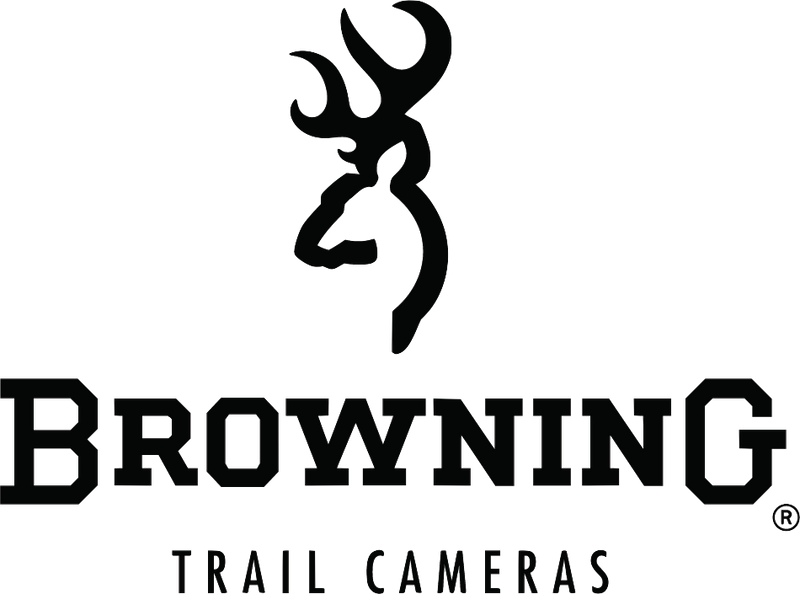Backyard Trail Cameras
We've all been there, most likely each year come late fall. Hunting season has come to an end. You've either harvested that whitetail buck or bull elk, or spent every spare moment attempting to notch your tag. Many memories from the season have been brought home to share, but your heart aches for just a few more days out in the field chasing bucks or bulls. You've taken down your trail cameras that captured the images of that elusive buck, or pulled them from the high mountains before the snow flies and stashed them away until next summer when scouting season rolls around. You often find yourself daydreaming about checking your trail camera next summer, and seeing those velvety antlers gracing your computer monitor once again.
There's one way to feed that trail camera addiction and help curtail the non-hunting season blues. Why put your cameras on the shelf for the off-season? Why not see what's lurking around the backyard this fall? My wife and I enjoy using cameras in our backyard during all seasons of the year. We've captured images of the "garden thieves", the local rooster pheasants during the spring, all sorts of birds and even the local predators.
If you've seen deer tracks in your garden, there's one easy way to see who the culprit is in the middle of the night. Grab that trail camera off the shelf and let it do what it does best: take pictures when you're sleeping. We like to throw out some cracked corn or bird feed and capture images of the local birds. These types of setups can really show off your camera's trigger speed; often capturing some great pictures of birds in-flight. Do you have a pond in your back yard? A trail camera set up at water level can often yield some great scenic waterfowl shots. You might be surprised how often a local predator or scavenger makes its way through your property. Coyotes, raccoons, possums, and more are often passing through after dusk.
Another additional benefit of using your trail cameras during the off-season is becoming more familiar with the setup, functionality and options your camera provides. Photo, video or time-lapse modes are common on many models of trail cameras. If you discover which mode and various additional settings that work best during the off-season, you'll be much more prepared for your camera to capture exactly what you're looking for come scouting time. As an added bonus you'll know your camera is properly functioning when you set off to place it upon your hunting grounds. There's nothing worse than setting up a camera to do some summer scouting, only to find it has been malfunctioning upon your return.
Putting your trail cameras to use in the backyard is a fun activity for the entire family. You'll also have the reassurance that your camera is functioning correctly before scouting season. If you have young children, there's no better way to introduce them to the outdoors and wildlife, right in your own backyard. Before you know it, they'll know how to setup a trail camera of their own, and be joining you on those summer scouting trips where you'll both be making memories that will last a lifetime.
By Calvin Davis
Calvin is a Browning Trail Cameras Pro Staff member from Oregon who is an avid hunter, fisher and trail camera enthusiast. Calvin and his wife Kathy love to capture beautiful images on their trail cameras and share them on their Facebook page Eastern Oregon Trail Camera Pictures, as well as on Instagram: @eastortrailcam541.





